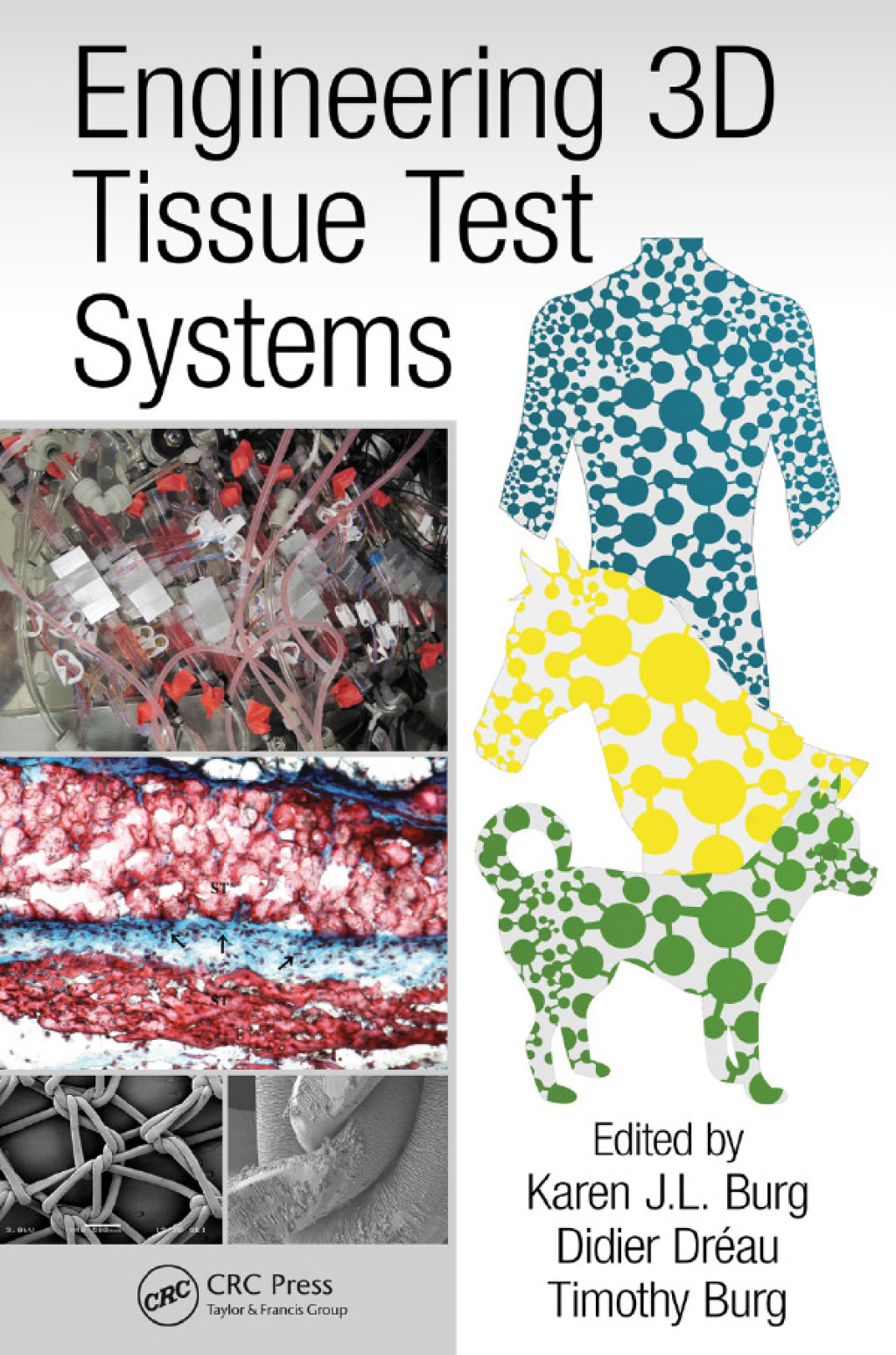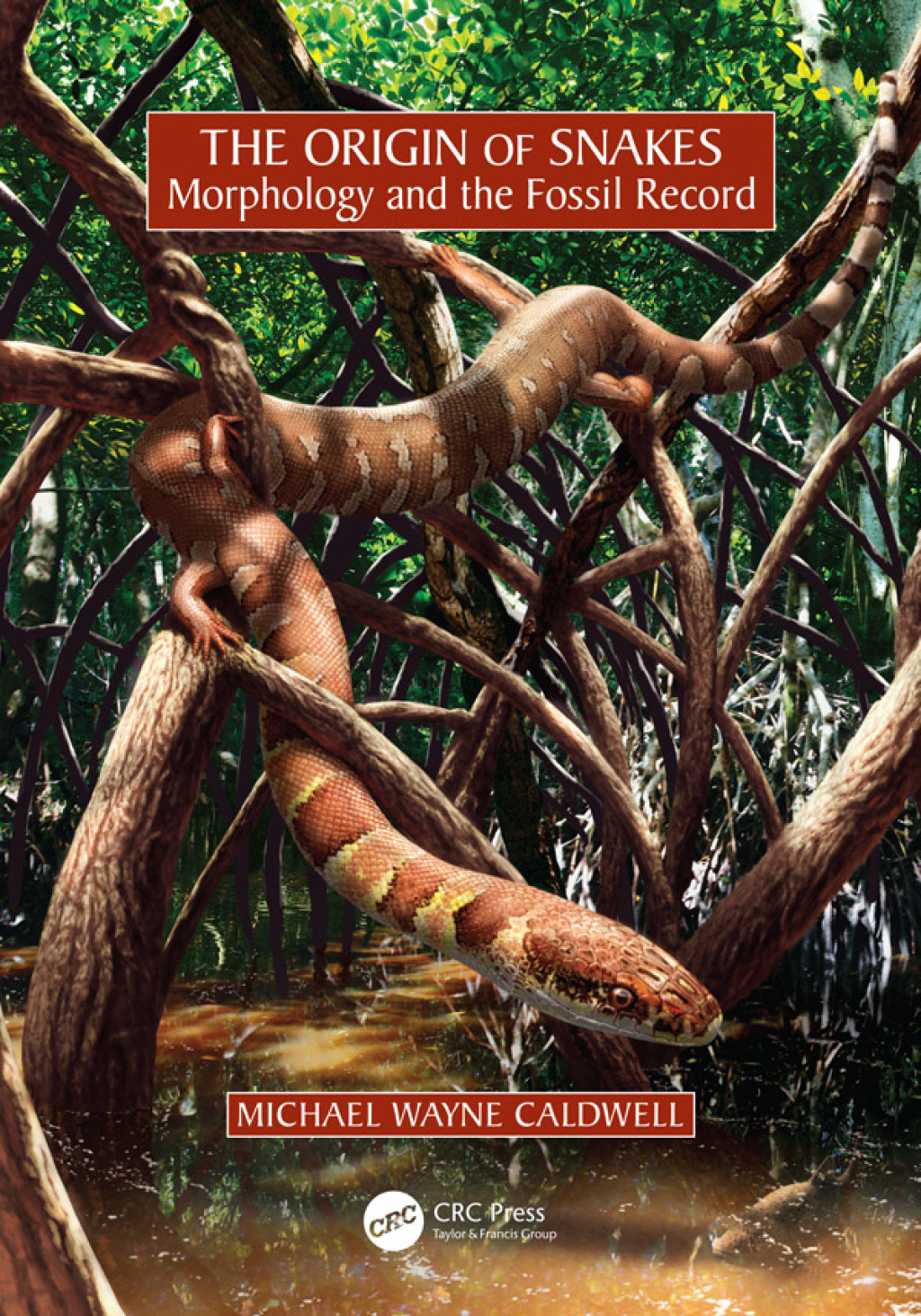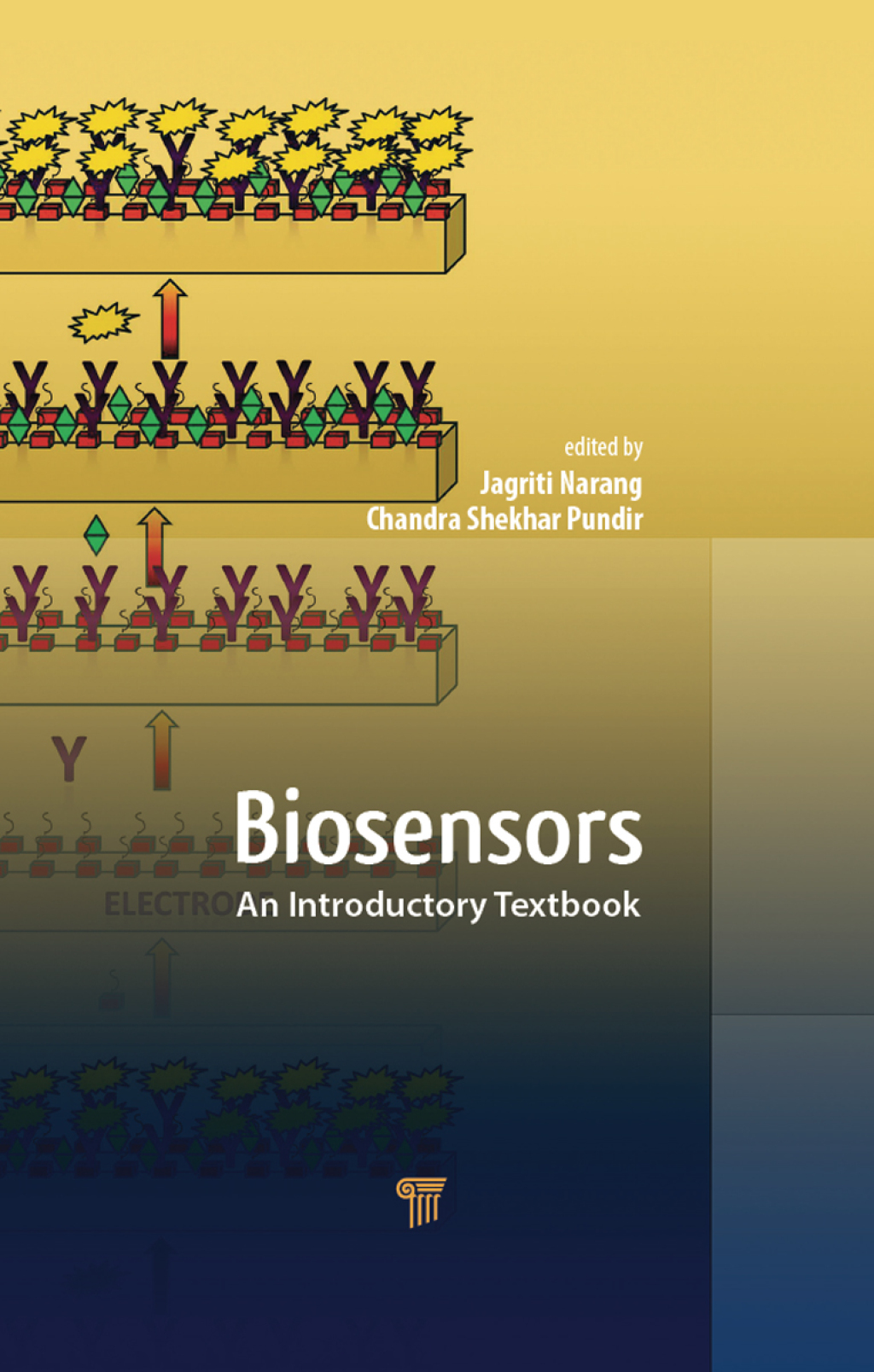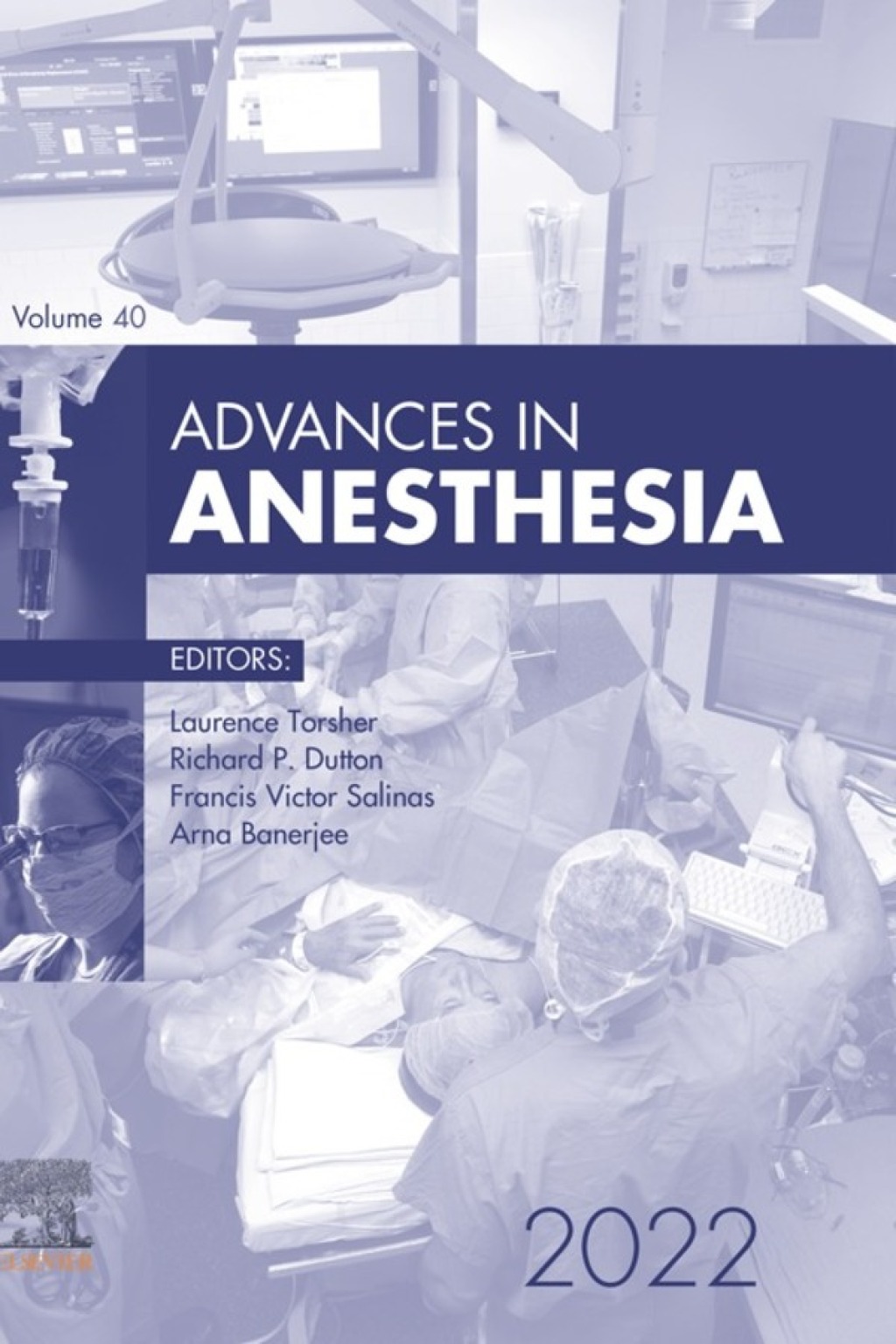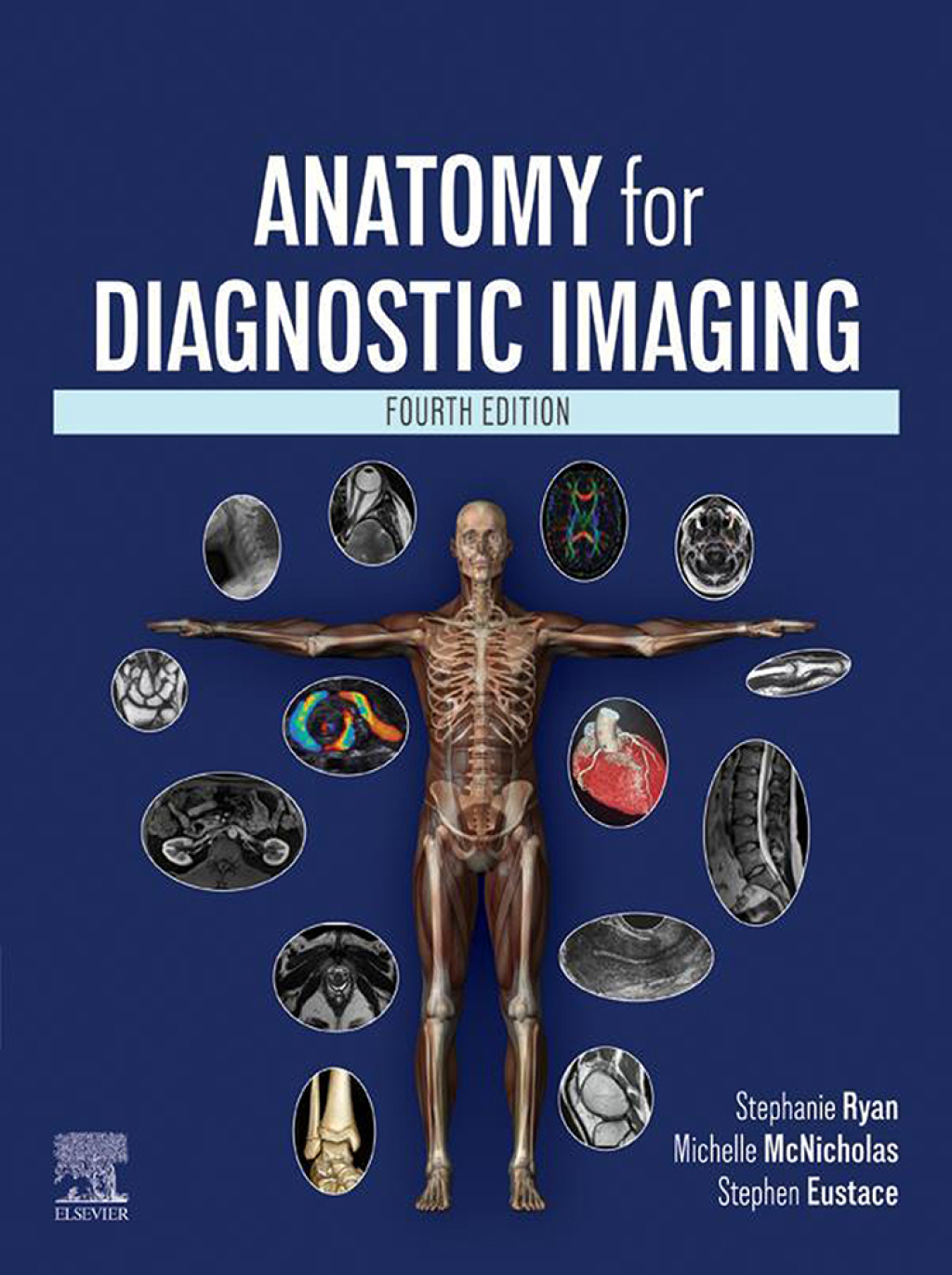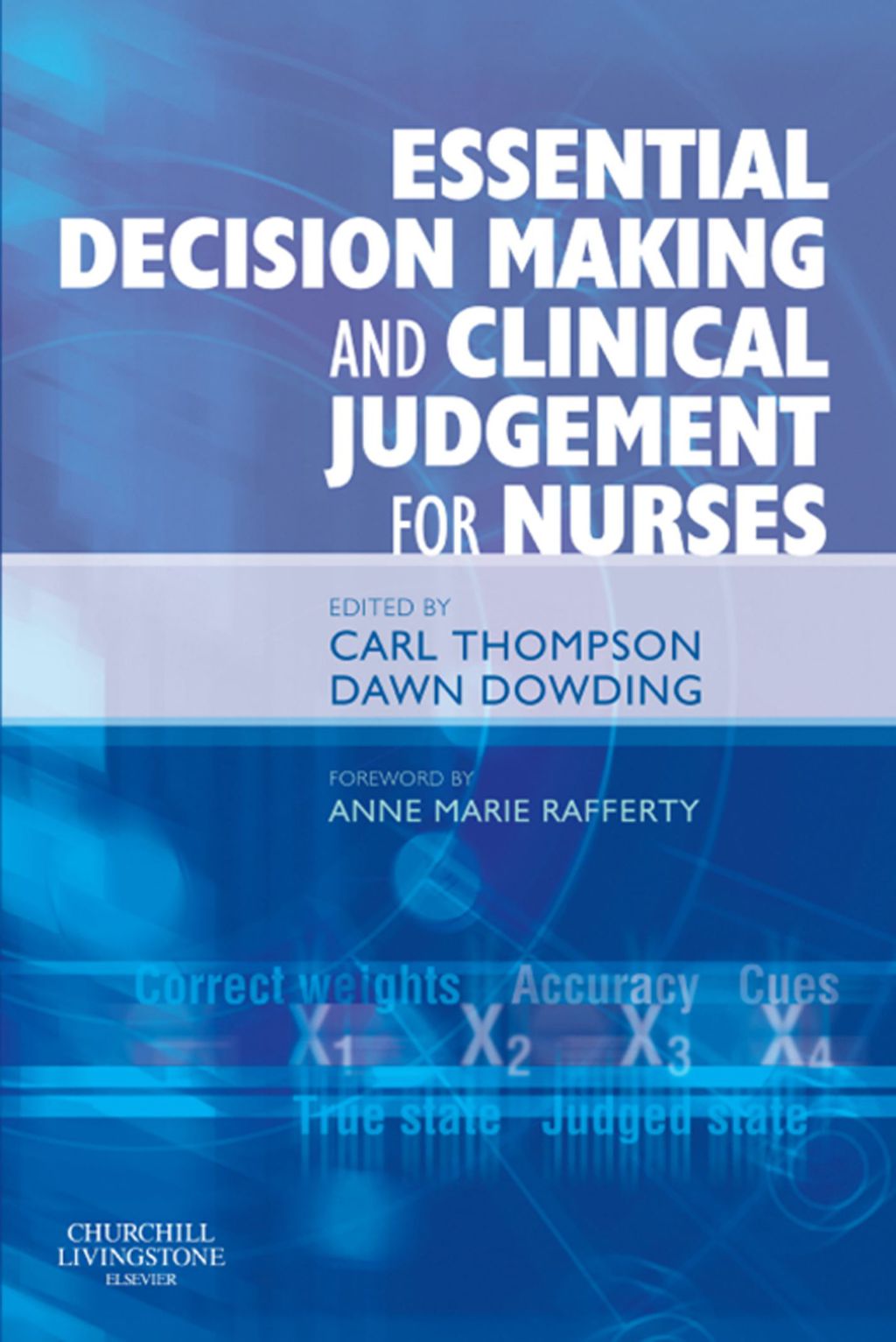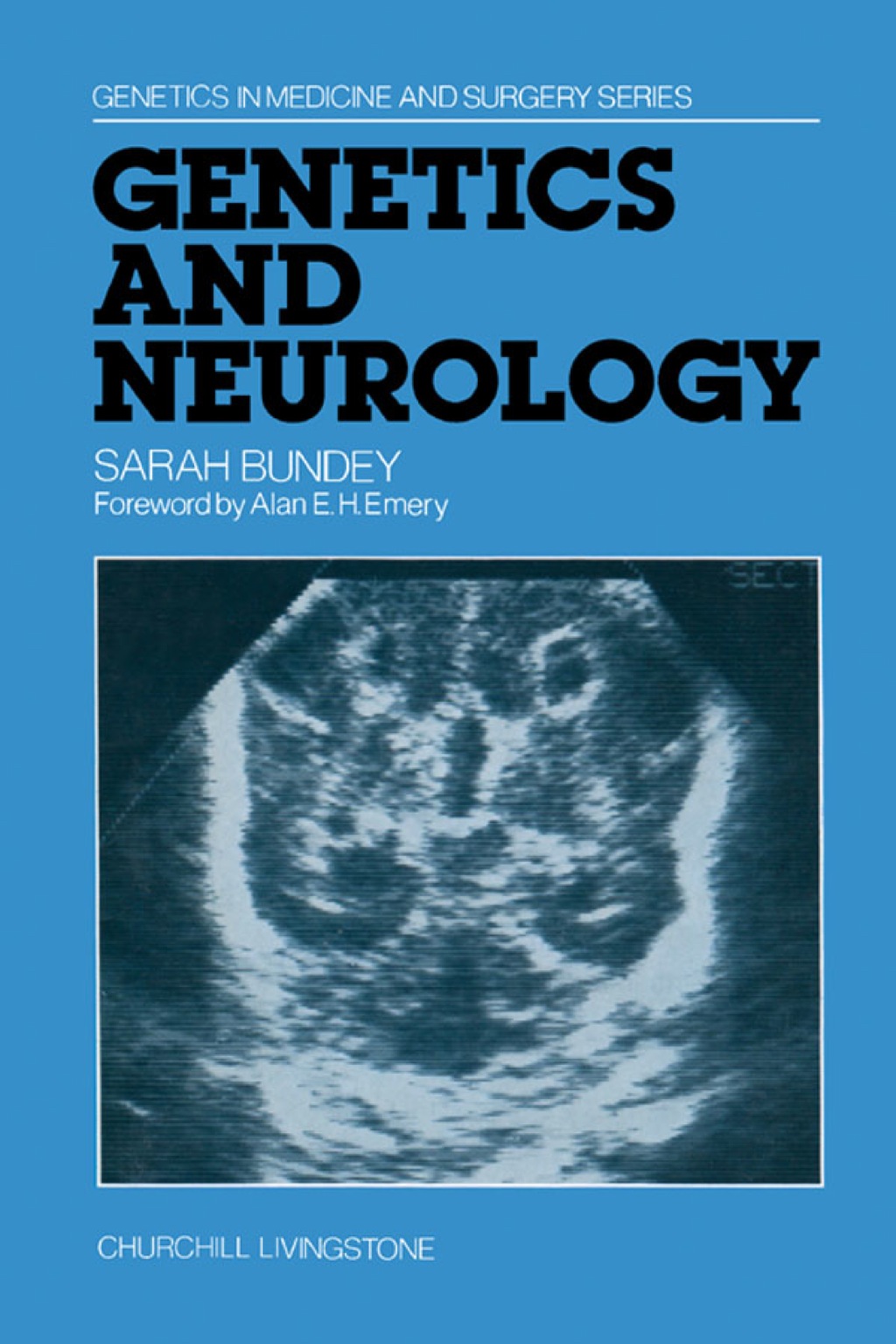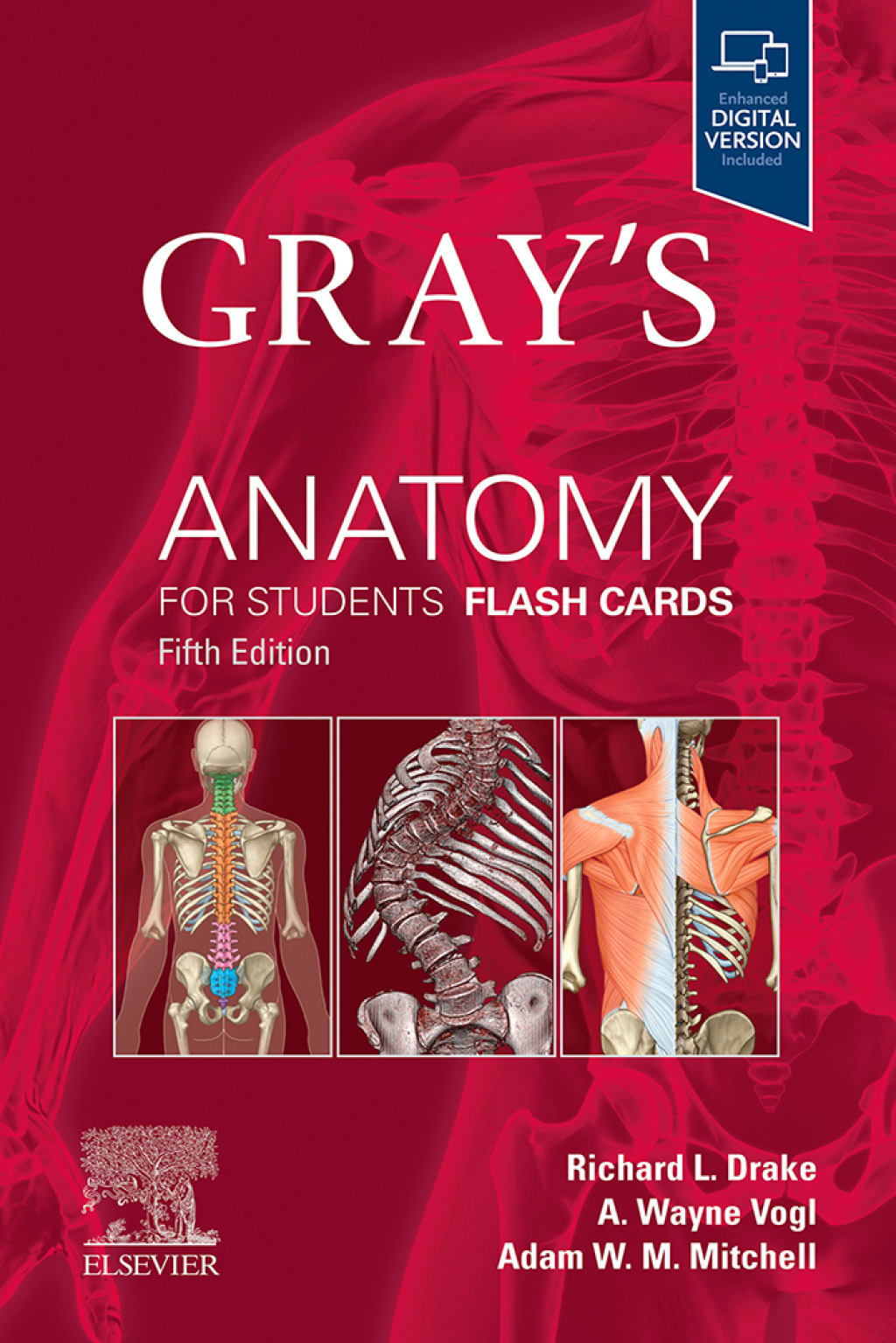Nanotechnology is a budding field and has a pivotal role in sensing. Nanomaterials exist in various forms such as nanoparticles, nanoclusters, nanobelts, and nanospheres. These nanomaterials act as sensing interfaces and immobilization surfaces for various biomolecules such as enzymes, DNA, and antigens. Therefore, the preparation and characterization of these nanoparticles play an important role in sensing devices. This handbook has evolved from the authors’ teaching and research experience in the field of nanoparticle biosensing. It encompasses protocols for the synthesis of various forms of metal oxide nanoparticles; study of the various characterizing techniques that help deduce the shape, size, and morphology of these nanoparticles; and applications of these nanoparticles in the field of biosensors. It presents voltammetry techniques such as cyclic, linear wave, wave pulse, and differential pulse voltammetry, throws light on the interactions of nanomaterials and biomolecules, and discusses microfluidic devices, which due to their unique capability of miniaturization fascinate many researchers. It is a practical and user-friendly textbook that introduces the various basic principles and practical information that will help undergraduate and advanced-level students and researchers understand the science behind nanoscale sensing.
“Essentials of Pediatric and Adolescent Gynecology 1st Edition” has been added to your cart. View cart
Biosensors An Introductory Textbook 1st Edition
Author(s): Jagriti Narang; C.S. Pundir
Publisher: Jenny Stanford Publishing
ISBN: 9789814745949
Edition: 1st Edition
$39,99
Delivery: This can be downloaded Immediately after purchasing.
Version: Only PDF Version.
Compatible Devices: Can be read on any device (Kindle, NOOK, Android/IOS devices, Windows, MAC)
Quality: High Quality. No missing contents. Printable
Recommended Software: Check here

